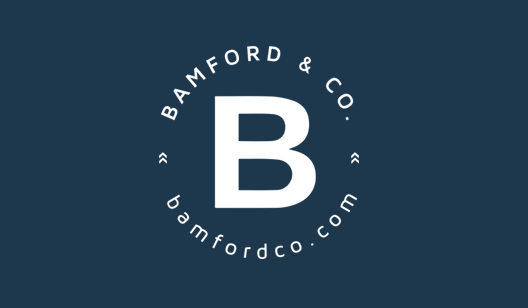What does it actually cost to get a house in Canada in 2023?
Canada’s housing affordability crisis is worse than ever. it now takes approximately 62.7% of household income to cover home ownership costs — the worst level on record. As a friendly reminder, your housing costs shouldn’t be more than 32% of your gross income. Housing costs include mortgage principal and interest, taxes, heating expenses and half of your condo fees. That number allows you to save, pay off debt and not be house poor. If your home requires 63% of your income, you will most likely not be able to afford other things in life such as a car, savings, travel, etc, without going into debt.
What Does This Mean For Saskatoon?
Experts and economists are expecting a continued cooling of Canada’s housing market this year, but Saskatoon is expecting to be a bit of an outlier. The demand in Saskatoon is there, but the supply is lacking. The interest rates are also making it harder for first time buyers to get into the market.
Households in the third quarter of 2022 needed 62.7% of their income to cover the costs that go into owning a home. That’s a loss of 14.5% points for affordability over the past 12 months. Everyone in Canada is going to feel this.
What About Moving Provinces?
The news is even more grim if you live in B.C (Vancouver) or Ontario (Toronto), where it takes 95.8% (yes you read that right, almost 100% of your income) and 85.2% of income, respectively, to pay to keep a roof over your head. While income amounts needed for housing are less shocking in cities such as Edmonton or Calgary, at 41.6% and 31.2%, respectively, no housing market has been spared rising costs. However, the wages in Calgary seem to be fairing better than most other cities.
The affordability crunch comes after home prices soared to new heights earlier in the pandemic.
Then, a series of unexpected interest rate hikes to tame a fast-rising inflation rate made things worse for those seeking a mortgage. For example, to buy a home in Vancouver at the benchmark price in the third quarter of 2021, households needed an income of $200,000 to qualify for a mortgage. Fast forward a year later, and households need an income of $268,000 — 34% more.
Smaller markets are also feeling the pain. In Halifax, income needed to get a mortgage is up 44% in the third quarter from the same time last year. In Saint John, N.B., the minimum qualifying income is up 41% — though it’s still the lowest in the country at $74,000.
Higher mortgage rates usually require more savings and result in buyers needing even more money to keep household operating costs in check month to month. The problem is household incomes aren’t keeping pace with rising rates.
In 2020, the median income across Canada was $84,000, data from Statistics Canada’s 2021 census shows. That means homeownership has been pushed out of reach for many, leaving only the wealthy able to afford to jump into the market.
Now What?
What was once a tough obstacle for many has become something that is simply now out of reach for most.
Homeownership is going to come at cost and savings are going to be more important than ever. The average house price in Saskatoon is $372,400. In February 2023, Saskatoon house average price was up by 3.3% compared to last year. That means if you want to put 10% down you need about $37,000 in savings.
As always, if you want help buying or selling a home do not hesitate to reach out to Gregg Bamford or Ryan Bamford



